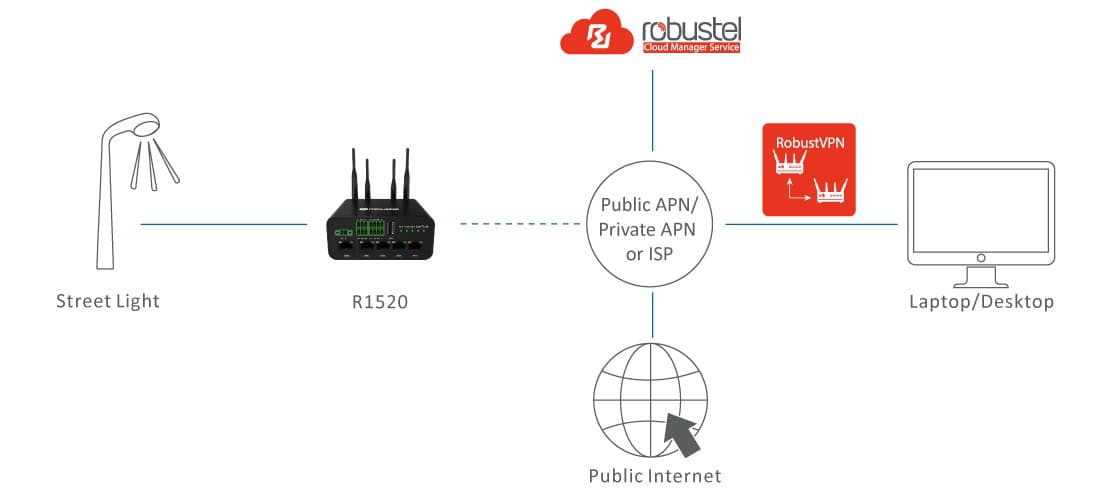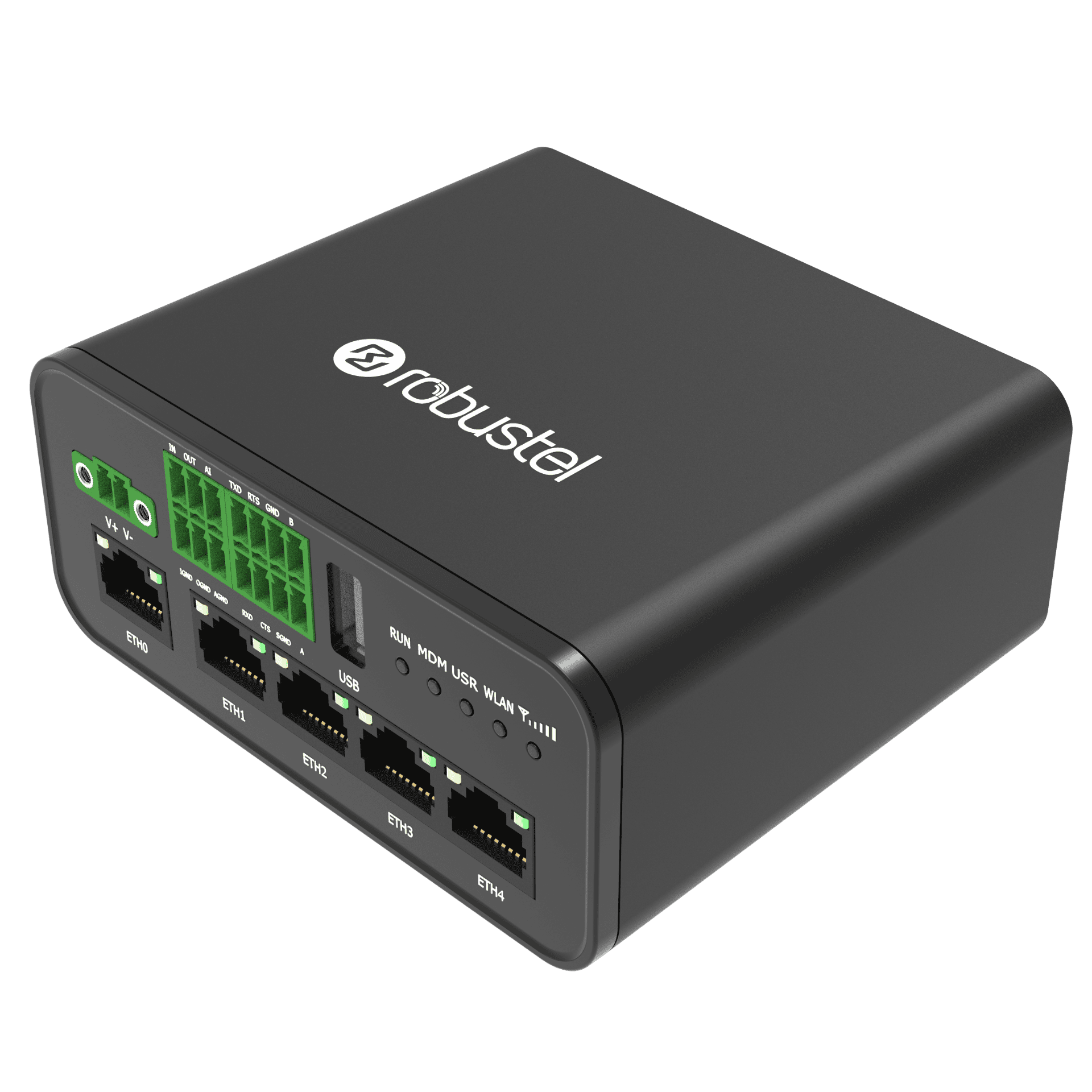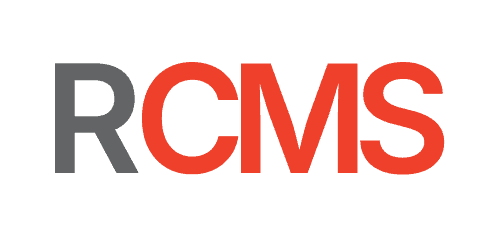Smart Lighting Control Over 4G/LTE for Street, Park and Sports Field Floodlighting
A Robustel Application Example
Application Example – Fast Facts
Industry
Smart Cities, Municipal Infrastructure, Public Lighting, Sports and Recreation
Product(s)
Robustel R1520 4G/LTE Router; RCMS (RobustLink, RobustVPN)
Challenges
Councils, facility managers and operators need remote control and status visibility for street lighting, park lighting and sports field floodlighting. Many cabinets were never networked, and pulling new fibre or dedicated lines to each site is expensive, slow and politically difficult.
Expected Outcomes
Each lighting cabinet gains a secure 4G/LTE uplink that supports remote scheduling, dimming, fault detection and energy reporting. Teams can see what’s on, what’s failed and what’s costing money — and act without sending someone to site at night.
Remote Street, Park and Sports Lighting Management Over Cellular
Lighting is now expected to behave like managed infrastructure, not just a breaker panel. Councils are asked to dim streets after peak hours, prove energy savings, respond fast to dark spots in public areas, and run community sports fields on booked windows instead of “on all night.” The pressure is operational, financial and political.
Most of the physical network already exists: poles, cabinets, control gear. What’s usually missing is secure, dependable connectivity. The R1520 sits in the lighting cabinet and provides a cellular uplink for status, alarms, metering data and control. That turns lighting runs, car parks, walking paths and sports fields into manageable assets instead of guesswork.
Business Challenges
As cities and facility operators try to modernise lighting, they run into the same blockers. Before you can centralise control or report savings with confidence, these problems usually need to be solved first:
- No backhaul in legacy cabinets: Street lighting controllers, car park boards and sports field floodlight panels often sit in ground boxes or roadside cabinets that were never given fibre or Ethernet. Adding new conduit or trenching around roads and ovals triggers cost, permits and disruption.
- Manual patrols to find failures: Without remote visibility, teams find outages the old way: patrol at night, rely on complaints from residents, or notice a dark run days later. That creates safety exposure for councils and facility owners, especially around parks, footpaths and community sports grounds.
- Energy and sustainability pressure: Councils and operators are being pushed to cut consumption, document off-peak dimming and prove delivery against environmental targets. Collecting usage data from every site manually does not scale beyond a handful of cabinets.
- Access and security concerns: Lighting cabinets can sit in public or semi-public areas. If you add unmanaged connectivity, you risk exposing not just lighting control, but anything else sharing that enclosure.
- Scaling beyond “pilot street”: It’s easy to network one showcase boulevard. It’s much harder to manage 100+ cabinets across districts, sports reserves, depots and transport hubs without a consistent way to connect and monitor them all.
Solution Overview

The goal is not to rebuild lighting from scratch. It’s to give each control point a secure path back to a central view, then operate lighting as an estate instead of a patchwork. Here’s how the solution is typically delivered using the R1520:
- 4G/LTE backhaul from each cabinet: The R1520 is installed in the existing lighting cabinet or floodlight control box. It uses cellular data (4G/LTE) to provide an outbound path for lamp status, breaker alarms, metering information and control messages. No trenching and no dependency on local IT networks.
- Direct connection into the controller or PLC: The R1520 offers Ethernet and serial interfaces (RS-232/RS-485), so it can talk to typical lighting controllers or PLCs already in the cabinet. That lets it read which lamps are on, whether a breaker has tripped, whether a door is open, or whether a sports field is still lit after hours.
- Centralised dimming and scheduling: With connectivity in place, lighting levels and run times can be set from a central system. This is valuable in areas like parks and sports fields, where floodlighting may need to run at full output for booked training windows and then step down, or shut off, on a strict schedule.
- Real-time fault and tamper alerts: If a pole run goes dark, a cabinet overheats, or someone opens a door they shouldn’t, that alert can be forwarded immediately. Maintenance teams know where to go and why, instead of driving loops in the dark “to see what’s out.”
- Remote fleet operations with RCMS: Using RCMS, operators and contractors can see which routers are online, what the signal strength looks like and how much data they’re using. Firmware updates and config changes can be pushed in controlled batches, across districts, without rolling a truck to each cabinet.
Expected Customer Outcomes
What success looks like for the Operator and the Integrator/Installer
For the operator / asset owner:
- Faster response and better safety: Dark walkways, car parks or sports fields are flagged automatically, not discovered by complaint. That helps reduce liability for councils and reassures communities that lighting in public areas is being actively managed.
- Energy reporting you can defend: You know exactly when lighting was on, at what level and in which location. That supports sustainability reporting, budget control and “lights out after 10pm” policies for fields and courts without guesswork.
- Low-disruption upgrade path: You can add remote monitoring and control to existing street lights, park lighting and floodlit ovals without trenching fibre or rewiring poles. Civil cost and public disruption stay low.
- Confidence across the whole estate: You see status across streets, depots, paths, car parks and sports grounds in one view. You can show which sites are online, which need work and which are exceeding their run-time targets.
For the integration / service partner:
- A repeatable model you can roll across districts: Install an R1520, connect to the lighting controller, bring up the cellular link, hand over a managed cabinet. The same pattern works for street lighting, park paths and sports field floodlights.
- Less travel for minor faults: Because cabinets are reachable over 4G/LTE, you don’t have to send technicians to physically inspect every alert. You can qualify issues remotely and send people only when it’s worth the visit.
- A stronger commercial offer to councils and facility owners: You aren’t only supplying LED upgrades or control panels. You’re supplying provable uptime, controlled lighting windows, and auditable energy performance — which makes funding and renewal discussions easier.
Featured Products
Robustel R1520 4G/LTE Router

RCMS Cloud Device Management

Talk to an Expert
If you’re under pressure to move robots or drones from “interesting pilot” to “signed-off service,” the weak point is almost always connectivity and control.If you’re responsible for street lighting, park lighting or sports field floodlighting and you’re being asked to cut energy costs, improve safety and respond faster to outages — connectivity is usually the blocker.
Let’s talk about how to bring lighting cabinets online over 4G/LTE, with minimal civil work and full remote visibility.
